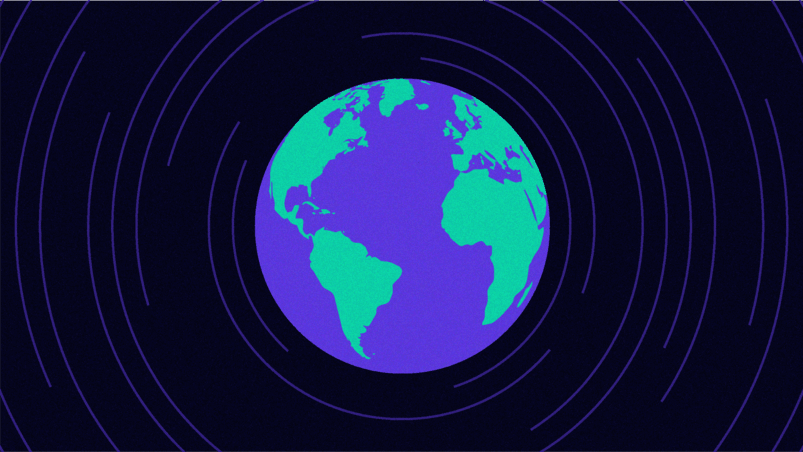BioInt: The missing source of GeoInt data
December 14 2022

By Tom Knight
Dr. Edwin Land, who developed optical technology for the U-2 and Corona satellite imaging systems, spoke of aerial imaging as “a unique opportunity for comprehensive intelligence.” In his pivotal Beacon Hill Report, Land realized that photo interpretation provided nearly unlimited military, civilian, and peacetime uses. Critical to this application was the extremely high information content of captured images. No other methodology provided as much information, as rapidly, and reusably as film. A massive effort led to the deployment, first, of the U-2 purpose built reconnaissance plane, and then to the Corona and follow on satellite imaging systems.
Today, we have a similar opportunity, not with imaging technology, but with mapping and understanding the biological world. Similar to imaging technology, sequencing of environmental DNA samples provides massive amounts of information, in a readily manipulated form. We have barely begun to tap into this information for military and civilian uses. Some examples of potential applications include:
1. Pathogen detection and localization affecting human, animal, and plant health.
2. Detection and localization of engineered bioweapons
3. Tracking what/who/where items have been in the world – people, packages, containers
4. Using timed DNA markers to assess access to critical facilities on-shore or foreign
5. Establishment of baseline species distribution for detecting environmental changes
6. Building comprehensive catalogs of biological sequences for data mining and development of synthetic biological systems
7. Exploitation of the biological resources in unique environments: mines, deserts, tropical forests, salt marshes, oceans, arctic, contaminated sites
More generally, adding biological data to the existing GeoInt resources will expand our understanding. Much was made of multi-spectral imaging. Here is an entirely novel, much more powerful tool to image and understand the world and the things people are doing in it.
As one example: we had very limited understanding of Covid-19 infections in North Korea. Imagine sampling ocean water outside of the 12-mile limit at the mouth of the Taedong river, flowing through Pyongyang, and knowing the timing, infection rate and strain.
As a second example, our current development of rare-earth binding and purification microbes depends critically on sample collection from mining waste in rare-earth mines in Australia. A comprehensive GeoInt microbial sequence database would be extremely useful. Such databases are under development in China (BGI Chinese National Gene Bank).
The technology to do this is here. We need the resources to deploy them.
Tom Knight is the godfather of synthetic biology and a founder of Ginkgo Bioworks.